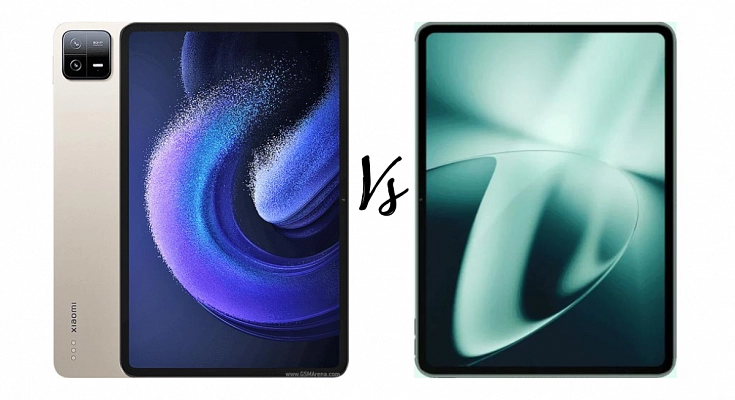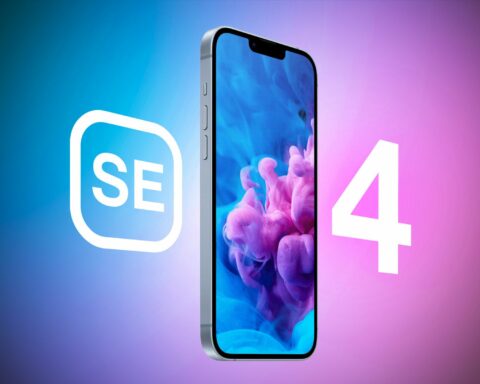Introduction: In the highly competitive mobile market of India, tablets have once again captured the attention of consumers seeking immersive big-screen entertainment on the go. Addressing this demand, Xiaomi recently unveiled the Xiaomi Pad 6, a feature-rich and affordable tablet designed to elevate the portable entertainment experience. However, the OnePlus Pad also offers unique features and advantages, making the choice between the two a challenging decision. This article aims to provide a neutral comparison between the Xiaomi Pad 6 and OnePlus Pad, exploring aspects such as pricing, design, display, performance, and more, to help readers determine the best mid-range tablet suited to their needs.
Pricing and Variants: The Xiaomi Pad 6 is attractively priced at Rs 26,999 for the base variant with 6GB RAM and 128GB storage, while the top-end variant with 8GB RAM and 256GB storage costs Rs 28,999. In contrast, the OnePlus Pad starts at Rs 37,999 for the 8GB RAM and 128GB storage variant, with the top-end model featuring 12GB RAM and 256GB storage priced at Rs 39,999.
Design and Dimensions: Both the Xiaomi Pad 6 and OnePlus Pad feature sleek and minimalistic designs, with seamless 11-inch displays and camera modules at the rear. The Xiaomi Pad 6 weighs in at 490 grams, making it significantly lighter than the OnePlus Pad’s 552 grams. While the tablets share similar dimensions in terms of length and thickness, the Xiaomi Pad 6 is narrower at 165.2mm compared to the OnePlus Pad’s 189.4mm.
Display: The Xiaomi Pad 6 boasts an immersive 11-inch IPS LCD display with a resolution of 1800 x 2880 pixels, a 16:10 aspect ratio, and a screen-to-body ratio of 83.6%. It also features a 144Hz refresh rate, enhancing the viewing experience, particularly for gaming and smooth scrolling. The OnePlus Pad offers a slightly larger 11.61-inch IPS LCD display with a comparable 144Hz refresh rate and a slightly better screen-to-body ratio of 84.2%.
Performance: Under the hood, the Xiaomi Pad 6 is powered by the Qualcomm Snapdragon 870 processor, which offers efficient performance and 5G connectivity support. The OnePlus Pad, on the other hand, utilizes the Mediatek MT6983 Dimensity 9000 chipset, which also provides a premium experience with its 4nm architecture and Mali-G710 MC10 GPU. RAM options vary, with the Xiaomi Pad 6 offering 6GB and 8GB options, while the OnePlus Pad offers 8GB and 12GB configurations.
Camera and Battery: Both tablets feature 13MP rear cameras with similar video recording capabilities. For selfies and video calls, the Xiaomi Pad 6 and OnePlus Pad both offer 8MP front cameras with comparable aperture sizes. However, in terms of battery, the OnePlus Pad shines with its 9,510mAh capacity and support for 67W wired charging, surpassing the Xiaomi Pad 6’s 8,840mAh battery and 33W charging capability.
Software: The Xiaomi Pad 6 runs on MIUI 14, Xiaomi’s custom interface based on Android 13, while the OnePlus Pad operates on OxygenOS 13.1, which is built on top of Android 13. Both tablets provide a user-friendly software experience.
Conclusion: In conclusion, the choice between the Xiaomi Pad 6 and OnePlus Pad depends on individual preferences and priorities. The Xiaomi Pad 6 offers an enticing price point and is an excellent choice for users seeking a tablet primarily for streaming, gaming, and casual activities







